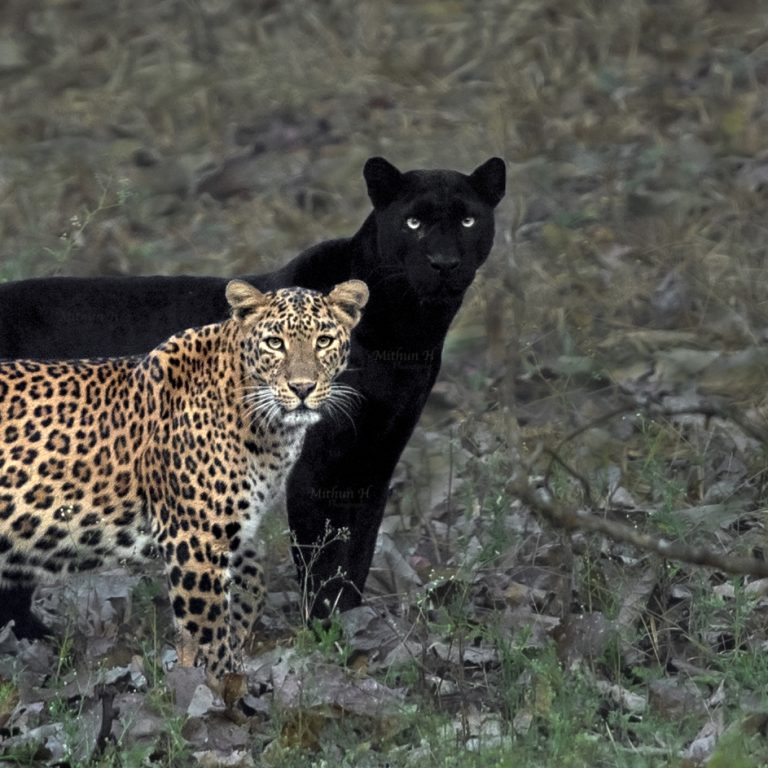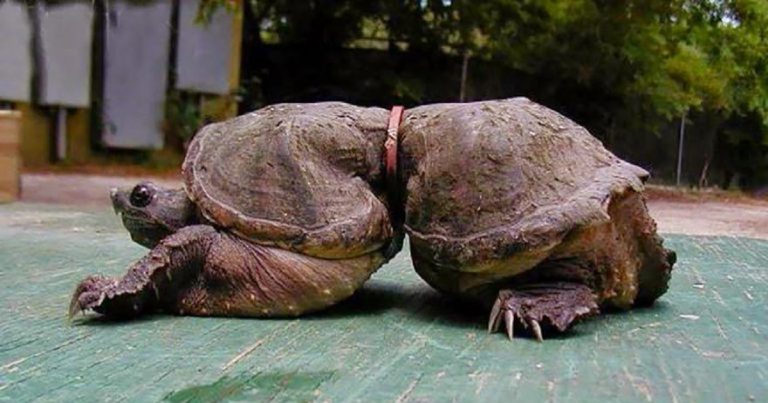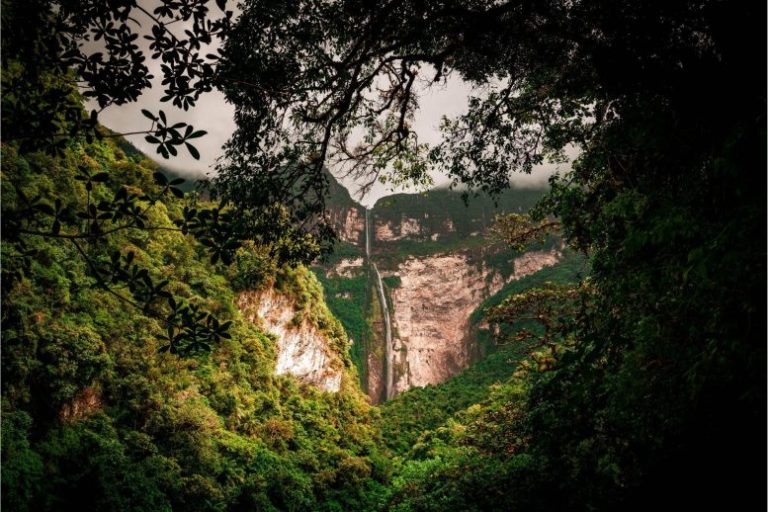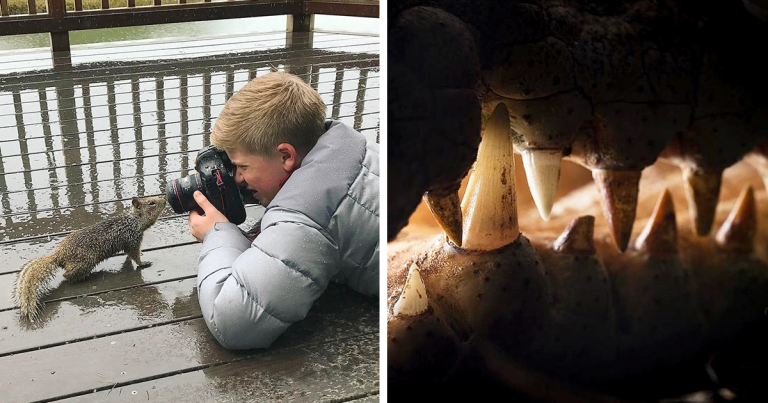These Massive Tunnels Were Dug by a Giant Sloth That Lived 10,000 Years Ago in South America
A giant mammal that lived in Brazil 10,000 years ago dug massive tunnels called “palaeoburrows.” To dig these tunnels, it needed enormous claws.

What could those giant creatures be? That’s exactly what geology professor Heinrich Frank wondered as he crawled through a mysterious tunnel uncovered at a construction site in Novo Hamburgo, Brazil.
Since it was unlike any geological formation he’d ever seen, Frank speculated that the tunnel must have been dug by a living creature.
“There’s no geological process in the world that produces long tunnels with a circular or elliptical cross-section, which branch and rise and fall, with claw marks on the walls,” Frank told Discover.
Whatever the enormous creature was, it left huge claw marks on the walls and ceiling of this tunnel and others like it in the area. Frank slowly backed out and told the construction workers he’d be back in a few weeks.
True to his word, Frank, a professor at the Federal University of Rio Grande do Sul, returned. He ended up naming the mysterious tunnels and identifying the animal most likely responsible for excavating them, not only in Novo Hamburgo but also thousands of others across Brazil.
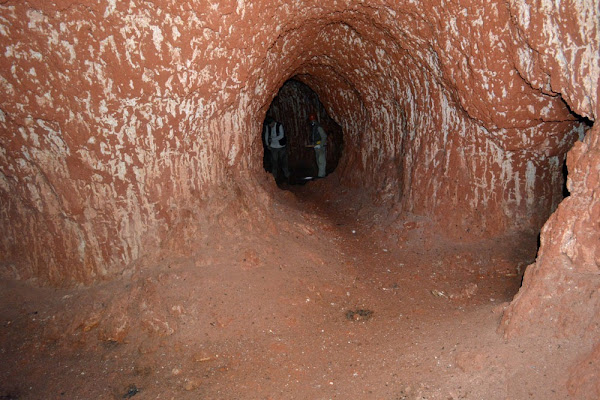
Frank discovered his first tunnel in the early 2000s and learned that another scientist had named them “palaeoburrows.” Unable to explain their existence, he began searching for more tunnels to uncover the truth. To date, Frank and other researchers have found over 1,500 tunnels in the state of Rio Grande do Sul alone, plus hundreds more in Santa Catarina. Many of these tunnels stretch for hundreds of feet with numerous branches. The largest one is an impressive 2,000 feet long, six feet tall, and up to five feet wide.
“In these burrows, sometimes you get the feeling that there’s some creature waiting around the next curve – that’s how much it feels like a prehistoric animal den,” Frank wrote.
He eventually found enough evidence to convince him that the paleoburrows were most likely dug by the giant ground sloth, the second-largest prehistoric land mammal after the mammoth. The main evidence is the deep claw marks found on the walls of the paleoburrows. Most scientists now agree that these marks could only have been made by a giant ground sloth (Megatherium), and not by smaller giant armadillos, as some have suggested.
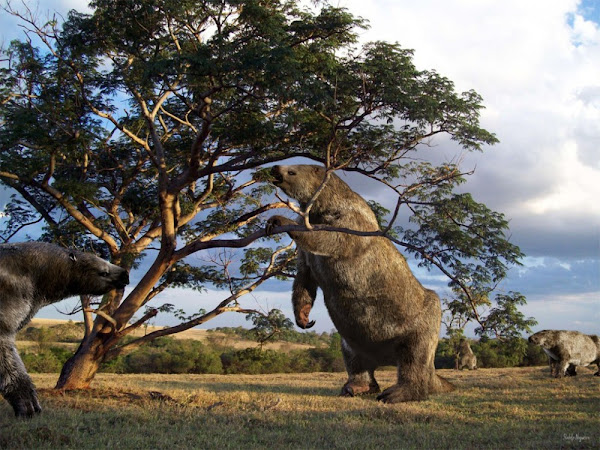
Megatherium americanum is the scientific name for an extinct species of giant ground sloth, meaning “great beast from America.” These creatures could reach up to 15 feet in length and weigh about 5,709 pounds. Despite their size, a single ground sloth would have spent much of its life digging the large and extensive tunnels known as palaeoburrows. But why would they do this?
Frank and his team are unsure whether the tunnels were used to escape the climate, predators, or humidity, as even smaller burrows would have sufficed for those purposes.
It’s possible that several generations of sloths inherited and expanded the burrows over time. However, this is something researchers need to confirm with further observations.
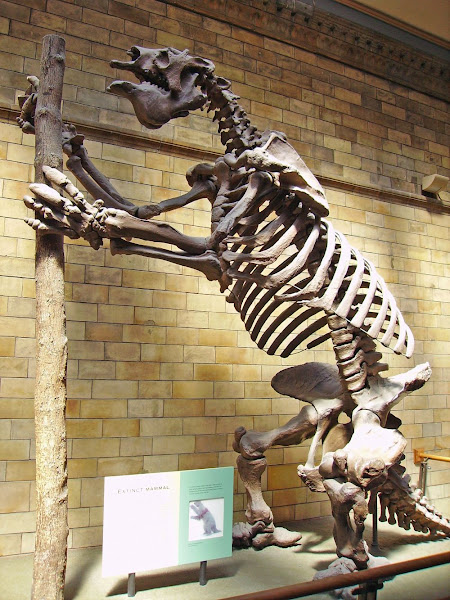
Discovered in 1787 by Manuel Torres in Argentina, the first Megatherium americanum fossils were sent to the Museo Nacional de Ciencias in Madrid, where the original skeleton is still on display.
In 1796, comparative anatomist Georges Cuvier identified Megatherium as a type of sloth. Initially, he thought the animal used its enormous claws to climb trees like modern sloths. However, he later suggested that the claws were used for digging tunnels, indicating a subterranean lifestyle.
Megatherium americanum was up to 10 times the size of living sloths, reaching weights of up to four tons, similar to a present-day bull elephant.
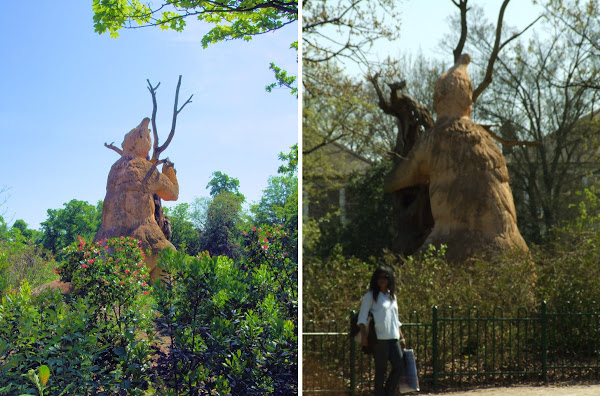
Despite its large claws, Megatherium americanum was a vegetarian. This has been confirmed by studying chemical analysis of the animal’s teeth, which revealed its diet. However, being herbivores might have made them an easier target for humans.
Yes, we know that humans and Megatherium overlapped in time because Megatherium fossils have been found with cut marks on them. This suggests that these giant sloths were hunted thousands of years ago, which could have contributed to their extinction.
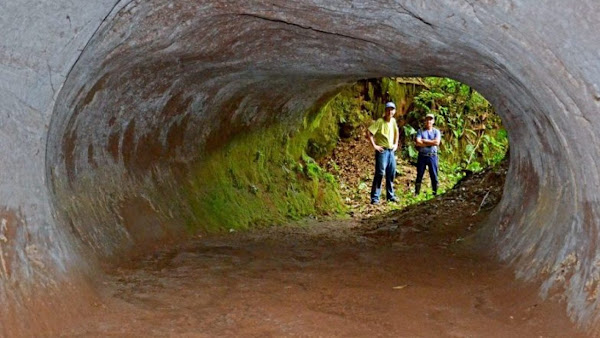
So far, Frank and other researchers haven’t found fossils inside the caves, nor organic material or mineral deposits that could help more precisely date the exact creation of the burrows.
